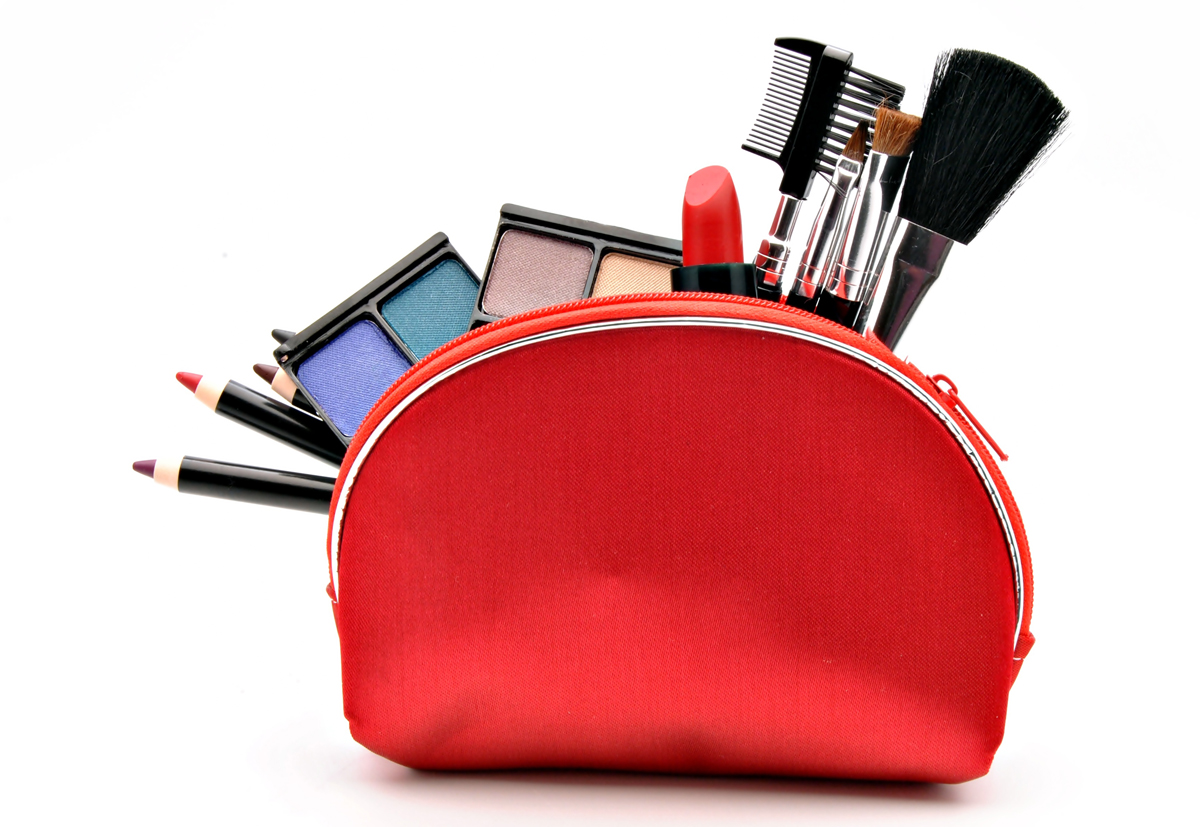Iran is one of the leading cosmetic markets in the Middle East and Africa region and is expected to be the fastest growing region during the next eight years as the number of potential customers (women above 15 years old) is increasing year by year.
This was stated in an article published by the Netherlands-based business development group specialized in import/export Alliance Experts. Excerpts follow:
The Iranian Association of Cosmetics, Toiletries and Perfumery Importers says Iran accounts for $2.1 billion of the Middle East’s $7.2 billion beauty products market–second in the region after Saudi Arabia.
According to an opinion poll conducted in 2015 of women who had a job and were of age 15 or older, they would spend 30% of their income on cosmetics, toiletries and body care products.
Besides, almost 4.5% of Iranian family’s yearly income is spent on cosmetics and skin care products. This rate is 1.5% in Germany, 1.7% in England and France, and 3% in Italy, based on the Gallup Institute data. So, Iran spends two times more than Italy and thrice the amount spent in England and Germany on cosmetics.
Iran’s cosmetics market value is estimated to have been around $4 billion in 2016, according to BeautyWorld Middle East, which makes the country the seventh biggest consumer of cosmetics and skin care products in the world.
The table shows the amount of Iranian cosmetics consumption, which indicates that it grows about 6% yearly.
Nail polish and design products are among the most popular imported cosmetics goods (based on the volume of Iran’s cosmetics import).
As a high consuming country, it is performing poorly in the production sector. Iran produces only about 20% of the cosmetics, and a major part of the cosmetics and skin care products are imported from the UAE, Turkey, France, India, Germany, Switzerland, Italy, Spain, South Korea, China, the UK and Indonesia.
Drivers of growth for cosmetics and skincare in Iran:
- Increased labor force participation of women
- Increase in the size of urban population
- Iran census 2016 shows that population of people older than 30 is growing, which results in more demand in the skincare market
- Expansion of new modern retailing channels such as hypermarkets
- Poor nutrition, air pollution and the increasing problem of early signs of aging are fueling demand for cosmetics and skin care products in Iran.
Bath category products such as soap and shampoo are dominated by domestic producers yet modern and high-tech products related to skincare and beauty are mostly imported.
Iranian consumers mostly prefer European products, however in recent years because of the lower purchasing power, consumers have moved toward less expensive products with reasonable quality from Asia (South Korea and India).
Rising demand for natural beauty products with better quality raises the chances of importing quality brands.
Iran is a very big market for cosmetics but international cosmetics companies face barriers when entering Iran, including high customs duties, tax, health certificates and registration bureaucracy. Around 70% of cosmetics imports to Iran are reportedly smuggled.


